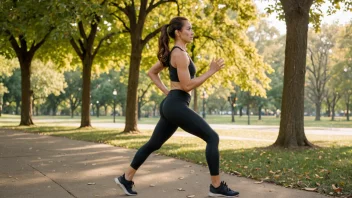In the fast-paced world of contact sports like football and rugby, safety is paramount. With the potential for high-impact collisions, having the right visor can make a significant difference in both protection and performance. This article explores how to choose a visor that maximizes safety while allowing athletes to perform at their best.
The first step in selecting the right visor is understanding its protective qualities. Most visors are constructed from polycarbonate, a material prized for its strength and impact resistance. This is crucial in contact sports, where players are at risk of facial injuries from accidental hits. When evaluating visors, ensure they meet the safety standards set by sports governing bodies, which indicates they have undergone rigorous testing to validate their protective features.
Visibility is another critical factor in visor selection. A visor should provide a clear and unobstructed view of the field, allowing athletes to react quickly to plays and movements. Distorted vision can lead to misjudgments and accidents, so it’s important to choose visors that are designed to minimize optical distortion. Many high-quality visors also feature anti-fog technology, which is beneficial during heated games or in humid conditions. This feature ensures that athletes maintain a clear line of sight, reducing the risk of accidents caused by impaired vision.
When it comes to design, visors are available in various shapes and styles. Flat visors offer a wide field of view, making them a popular choice among athletes who prioritize visibility. Conversely, curved visors may provide better protection against impacts from multiple angles. Furthermore, consider whether you need a tinted visor. Tinted options can help reduce glare from the sun, which is especially useful during outdoor games. However, be aware that some leagues may have restrictions on tinted visors, so it's essential to check the rules before making a purchase.
The attachment mechanism of the visor is also crucial for safety. Ensure that the visor you choose is compatible with your helmet and that it attaches securely, whether through clips or screws. A loose visor can become a hazard during play, so proper installation is vital. Look for products that come with clear mounting instructions to facilitate a secure fit.
Comfort is key when selecting a visor, too. A visor should feel lightweight and not hinder movement or concentration. Heavy or poorly fitting visors can be distracting and may impact an athlete’s performance. Before committing to a visor, try on several options to see which one feels the most comfortable while also providing adequate protection. Remember that a well-fitted visor will help athletes focus on the game rather than their equipment.
In conclusion, choosing the right visor for contact sports is essential for maximizing safety and enhancing performance. By considering protection, visibility, design, attachment, and comfort, athletes can select a visor that meets their needs while ensuring they remain safe on the field. Prioritizing these aspects will lead to a more enjoyable and successful sports experience.
Maximizing Safety with the Right Visor Choice
Explore how to choose a visor that maximizes safety while allowing athletes to perform at their best in contact sports.






